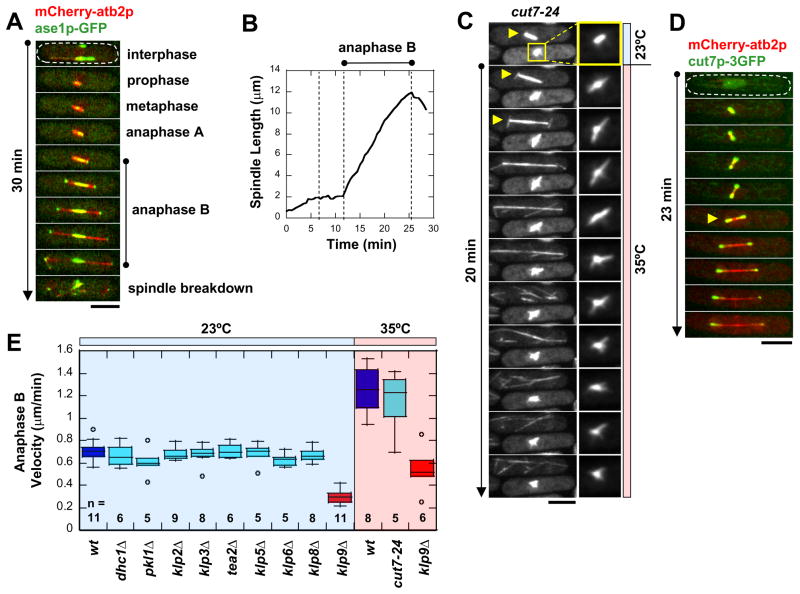Figure 1. Novel fission yeast kinesin-6 klp9p is involved in anaphase B spindle elongation.
(A) Time-lapsed images of cell expressing mCherry-atb2p (tubulin) and ase1p-GFP through different phases of mitosis. Ase1p stabilizes the spindle midzone throughout anaphase B (Loiodice et al., 2005; Yamashita et al., 2005). Bar, 5 μm.
(B) Typical wildtype spindle length vs. time plot. Anaphase B is marked by a dramatic increase in spindle length and spindle elongation velocity.
(C) Temperature shift experiment of cut7-24 mutant cells expressing GFP-atb2p. Within two minutes of shifting to the restrictive temperature of 35°C, the metaphase cell (bottom cell) immediately exhibited spindle collapse, which became a mono-polar spindle (see enlargement box) (Hagan and Yanagida, 1990; Hagan and Yanagida, 1992). In contrast, the anaphase cell (top cell) continued through anaphase B spindle elongation (yellow arrow). Bar, 5 μm.
(D) Time-lapsed images of cell expressing mCherry-atb2p (tubulin) and cut7p-3GFP. No cut7p-3GFP was observed at the anaphase B spindle midzone. Bar, 5 μm.
(E) Box plot comparison of anaphase B spindle elongation velocities in wildtype cells and motor mutant cells. Only klp9Δ shows a significant decrease in velocity. At the higher temperature required for cut7-24, spindle elongation velocity increased for both wildtype and klp9Δ correspondingly.

